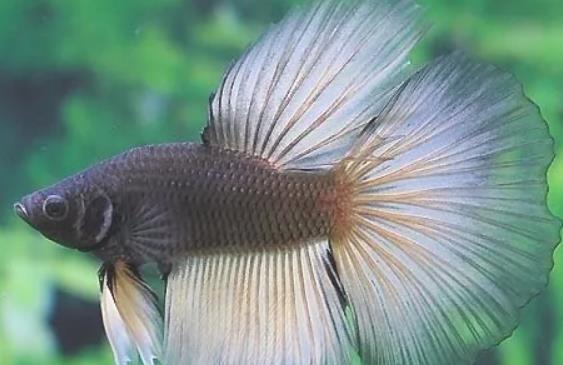Betta fish tail rot disease is a common fish disease, mainly manifested as symptoms such as tail ulceration and inflammation. It is usually caused by factors such as bacterial infection, water quality problems, and malnutrition. Betta fish tail rot disease is not a single disease but a symptom. It can be prevented and treated by improving water quality, feed, and water temperature and using appropriate medications.

There are multiple treatment methods for tail rot disease. The specific methods are as follows:
For bacterial infection: Use gentamicin or furazolidone for medicated bath immersion to help the fish recover health.
For fighting damage: Separate the fighting fish. Isolate and rest the injured fish. Maintain water quality to prevent infection and enhance nutrition by feeding fresh live bait.
For fungal infection: Use malachite green solution for medicated bath to kill the infecting fungi.
For parasite infection: Use mercurous nitrate solution for medicated bath to kill the infecting parasites.
For stabilizing water quality: For burned tails, stabilize water quality (such as adjusting the pH and temperature of the water) and add an appropriate amount of yellow powder, salt, and sterilizing solution to inhibit wound infection.
Preventive measures include:
Maintain clean water quality: Clean the fish tank regularly to avoid water pollution and overfeeding.
Appropriate feed and water temperature: Provide appropriate water temperature and feed to enhance the fish's physique and disease resistance.
Regularly change water: Avoid changing water too frequently to maintain stable water quality.
Through the above methods, betta fish tail rot disease can be effectively prevented and treated to keep the fish healthy.
